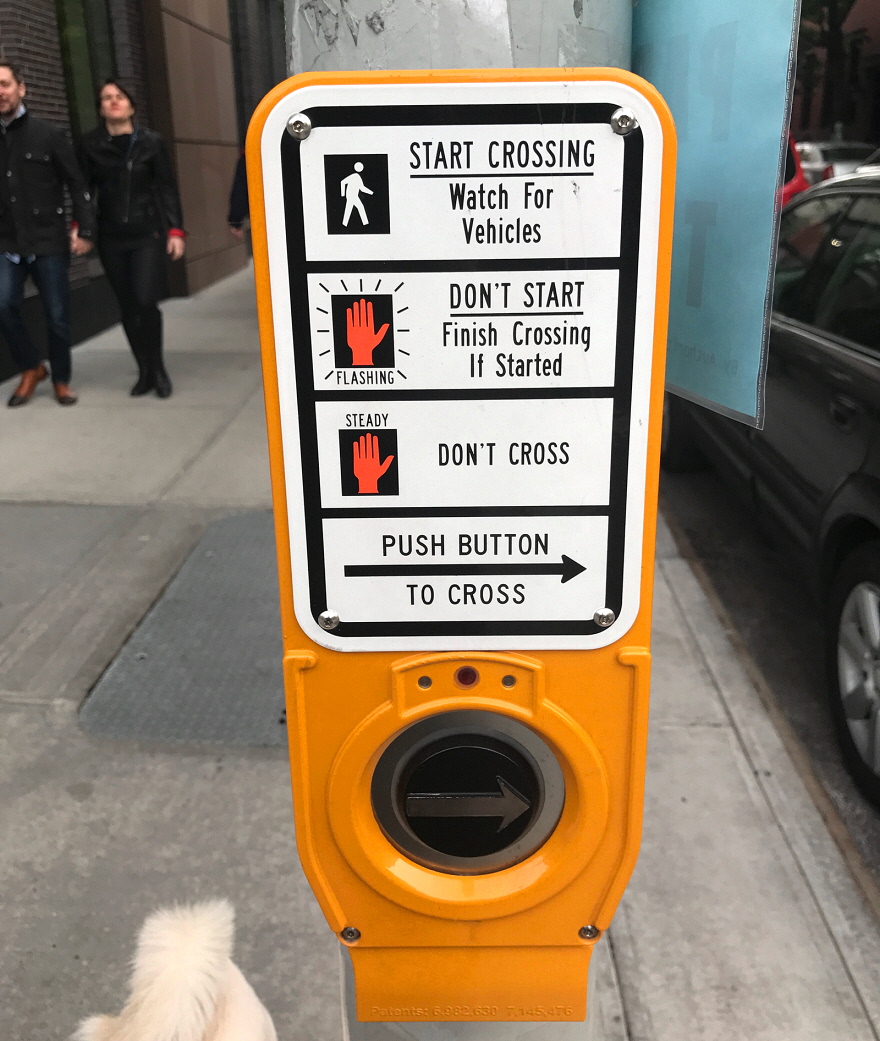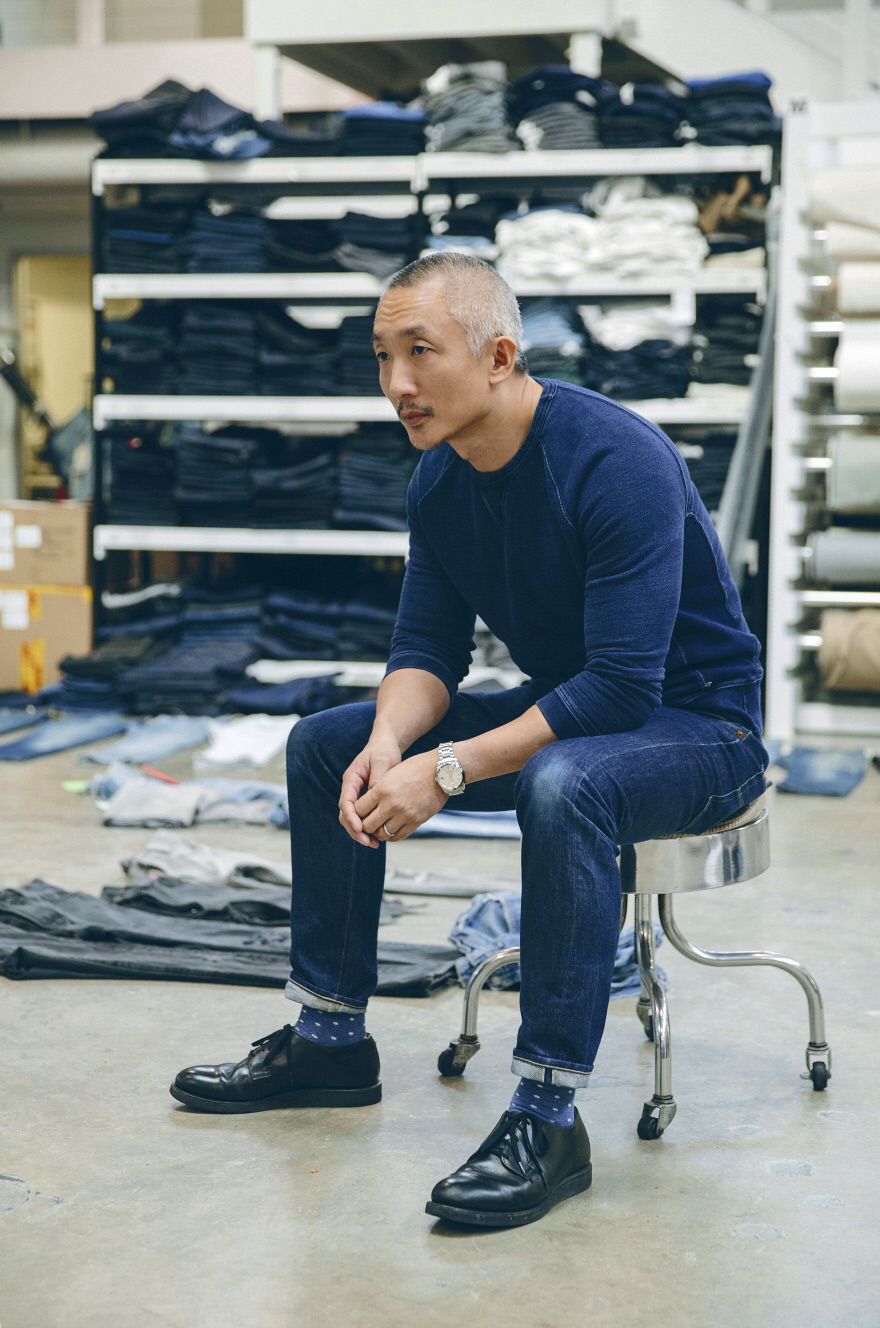After hearing Jonathan Cheung give an insightful speech on the future of branding and retail at WGSN's Futures conference, we were inspired to speak with him in depth about his career history and current role at 164 year old denim company, Levi's.
![]() Image Credit: Matt Edge
Image Credit: Matt EdgeHow would you describe your current occupation?
An orchestrator of ideas, a joiner of dots. I have the honor to work on the most iconic designs and in one of the most iconic companies in the history of clothing. The job of the design team here is to design better, beautiful clothes that are culturally relevant and that push this grand old company further—into the future. For that to happen, we need great people, so I'm lucky to work with wonderful talent. My job is to make sure we work with the best.
What was your first design job?
I spent most of my holidays from Fashion School working for different companies, and during my 3rd year of school I had a freelance job designing motorcycle jeans for a company called Frank Thomas. But after graduating, my first real, full-time job was at Moschino in Milan—working for Franco Moschino. The dream job. Moschino was the Vetements of its day.
What projects are you currently working on at Levi's?
So many! The main part of the Levi's line is my 'day-job', and we're just starting prototype development for Spring 2019. And then there's lots of side projects—from launching a new workwear line to the collaborations we do. I remember when we started working with Vetements and Off White in 2015, they were relatively unknown. It's been immensely satisfying to see them really become cultural icons. They are so talented and nice people too!
What projects are you most proud of from your time at Levi's so far?
Any time I get to work on our icons like the 501 and Trucker jacket is a proud moment, but I think what I'm most proud of so far is how Levi's has become relevant and cool again.
What is the best part of your job? Worst part?
The best part? Where do I start? I get to do the profession I chose, the one I love in a company that really has meaning—deep cultural significance—and it's based in San Francisco, California! There are things going on around this city—in tech and biotech—that are from the future!
The best part is when you get those eureka moments, the epiphanies that literally cause you to jump up and down. That and the opportunity to meet and work with very talented people.
The worst? Not that much really—like with any big company, we can be slow. I generally get frustrated when people look backwards too much, are too risk adverse and can't see that the future isn't just a linear projection of the past. But I don't see that as a Levi's thing—more of a human cognitive bias thing.
What is your favorite productivity tip or trick?
Get up early and be in the office (or just start working) around 7.45. That gives at least an hour of quiet, productive work before the meetings start. The trick I've found that really helps productivity is fasting 14-16 hours a day, which means basically skipping breakfast. I think there's some evolutionary evidence for this. As Nassim Taleb says, "does a lion hunt to eat or eat to hunt?". I've found it really helps focus in the morning, as well as making a positive difference to my general health.
That and make lists.
What is the most important quality of a designer?
Curiosity. Because that drives learning, which is the key that unlocks so many things. My definition of creativity is imagination + knowledge + action, and curiosity stimulates all of those things. Curiosity should drive to change, to try new things, to not settle for the status quo—to go out and taste all that life has to offer and bring those experiences back with insights that help you design better things.
Any advice for young designers trying to make it?
1. Go for it. Just doing something will get you very far in life. Don't wait for life to come to you, but be proactive and throw the first punch. As Amazon call it, 'a bias for action'.
2. Understand what makes a strong business and a strong brand versus a weak one. Answer: A strong identity, differentiation and control over pricing.
3. Understand what creates value. Answer: It's innovation and marketing! Value isn't just the tangible ingredients—the physical product—it's also social value.
4. Understand what drives desire—from the psychology to the neuroscience. Do some research into: Likability, Peer Recognition, Scarcity—Dopamine and Oxytocin.
5. Look for people more clever and talented than yourself, and spend time with them.
5. Look for the things where you'll learn the most—they are usually uncomfortable because the learning curve will be steeper. That's a good thing—it means most of your competition will also find it uncomfortable and give up.
6. Apply this formula to yourself, your design, presentation or pitch:
What problem do you/your design/your service solve?
Why is it better than the current solution?
What makes it different?
Why should anyone care?
If you can answer those questions, then you have something of value.
How do you procrastinate?
That's a good question. I think people are just realizing that procrastination can be productive—it's time when the brain processes data subconsciously. So instead of fighting it, it's about how to make that time more creative.
Apart from surfing the web, just walking the floors in the office is good creative procrastination. You don't often get good ideas sitting at your desk, so help increase the chance of bumping into the next idea by walking the floors.
That, and read a lot.
![]() A few of Jonathan's summer reading choices.
A few of Jonathan's summer reading choices.Who is your design hero?
I have many! The engineers Colin Chapman of Lotus and Soichiro Honda—I love the way they think—often brilliantly contrarian. The industrial designers Naoto Fukasawa and Jony Ive for simple beauty and raising the game. Shigero Miyamoto, whose creativity is breathtaking and makes me smile just thinking about it.
In fashion, I've been lucky to work with amazing collaborators like Virgil Abloh, Vetements and Gosha Rubchinskiy. Outside of Levi's, My old boss Franco Moschino will always be a hero, and there's a designer who I've admired for many years, Phoebe Philo.
What is the most widespread misunderstanding about design or designers?
That designers, and especially all fashion designers, don't understand business. That, to use an elegant English term, is utter shite. (tongue out emoji!)
Two of the fashion designers I've worked for had a profound knowledge of business. Franco Moschino taught me The fractal, Pareto Principal. He explained that the wildest pieces in his collection were absolutely necessary for the business of selling simple suits and dresses. And Giorgio Armani's influence on the fashion business—pioneering lifestyle and diffusing aspiration into tiered sub brands, including restaurants and hotels—is as immense as his contribution to style.
If anything, it's way easier for designers to pick up business acumen than the other way around.
*******
This is the latest installment of our Core77 Questionnaire. Previously, we talked to Mika Piirainen.
![]()



































































